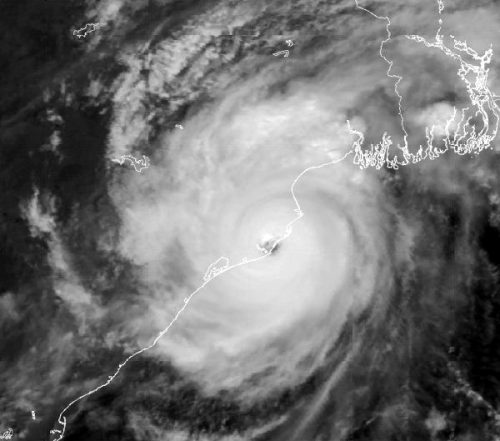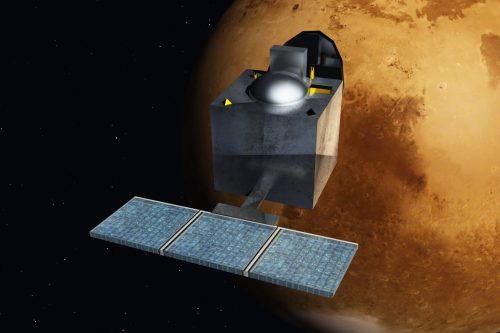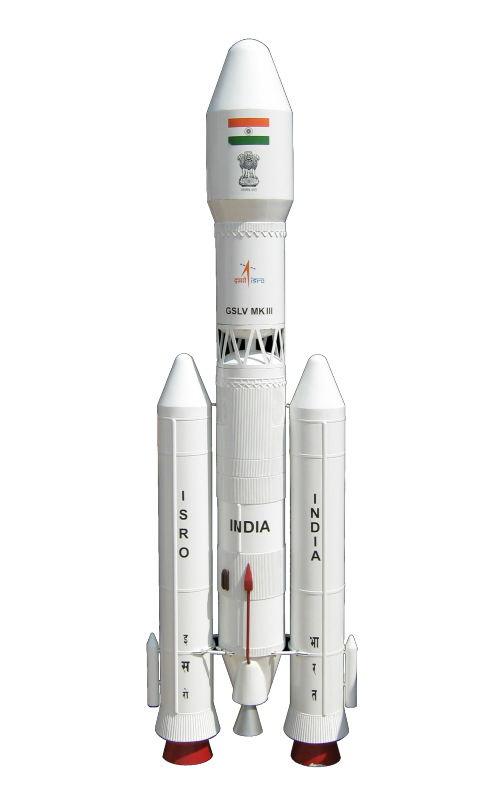More Than Just a Space Agency: How ISRO Is Saving Lives
The Indian Space Research Organisation (ISRO) is using its technological capabilities and prowess to help protect the country’s citizens from the fury of Mother Nature and save human lives. Read on to find out how.

The Indian Space Research Organisation (ISRO) is using its technological capabilities and prowess to help protect the country’s citizens from the fury of Mother Nature and save human lives. Read on to find out how.
October 29, 1999 is a dark day in Indian history. On this day, Cyclone 05B – better known as Paradip Cyclone or the 1999 Odisha Cyclone – made landfall in the eastern Indian state of Odisha (then Orissa). A Category 5 hurricane on the Saffir-Simpson Hurricane Wind Scale (SSHWS), with winds exceeding 250 kmph in speed, heavy torrential rain, and a storm surge of nearly 26 feet, Paradip battered the coastal state mercilessly, leaving death and destruction in its wake.
Per official records, 9,803 people died, and 40 were reported missing, although estimates have put the death toll as high as 20,000. Over 17,000 sq. km. of crops were destroyed, with an additional 90 million trees uprooted; around 2,75,000 homes were razed to the ground, leaving nearly 1.67 million people homeless. The devastation was unprecedented, and complete.
“It was simply staggering. The impact dwarfed any other disaster I’d seen in my lifetime,” recalls Tapan Mishra, Director, Space Applications Centre (SAC), ISRO, who was travelling in Odisha with his family when the cyclone hit.
“We were in Puri when the cyclone made landfall; miraculously, Puri was spared the worst of the destruction. When we reached Bhubaneshwar two days later, there was not a single standing tree left in the city. Paradip had flattened everything.”

That sight of Bhubaneshwar stayed with Mishra, who was at the time managing system engineering at ISRO for the Multi-Frequency Scanning Microwave Radiometer (MSMR) payload on the OceanSat-1 Satellite System. In the following years, he developed the Scanning Scatterometer payload on OceanSat-2, to study surface winds and ocean surface strata data to try and improve prediction and analysis of weather patterns. ISRO launched OceanSat-2 in September 2009; little did Mishra know then that his research and systems would soon play an important role in saving hundreds of thousands of lives.
On October 9, 2013, the Indian Meteorological Department (IMD) reported that a storm system in the Bay of Bengal had intensified into a cyclone, and named it Phailin. Over the next three days, Phailin gradually built up into a Category 5 hurricane as it made its way towards Odisha. Using data OceanSat-2 provided OceanSat-2, IMD charted a possible path for the cyclone, and promptly issued evacuation orders for the people it would likely affect. Thanks to the timely information, government organisations evacuated a total of 11,54,725 people in time, leading to minimal loss of life. While the storm severely damaged property and crops, only 44 people died in the storm’s aftermath.
Mishra encapsulates OceanSat-2’s impact succinctly, “Thanks to the data and analysis we received from the satellite, we could predict the path of the cyclone, evacuate the people, and prevent a repeat of the 1999 disaster. Also, we could utilise resources for relief efforts more efficiently, as we knew which areas would need assistance the most.”
He is understandably proud of ISRO’s contribution to the endeavour.

“People often forget that ISRO’s vision is to ‘harness space technology for national development’. Our motto is ‘Maanav Jaati Ki Seva Mein Antariksha Praudyogiki (Space technology in the service of humankind)’. What better service is there than to use our technology and knowhow to help save precious human lives? We can regrow crops, rebuild houses and cities, but nobody can bring back the dead. We are proud that ISRO could help prevent avoidable loss of life.”
OceanSat-2’s Scatterometer became dysfunctional in February 2014. To replace it, in September 2016 ISRO launched SCATSAT-1, a new miniature satellite. It will help in cyclone forecasting and weather prediction with improved capability within four to five days. Mishra is the incumbent director at SAC, where ISRO scientists developed the payload.
“Currently, India is dependent on NASA’s ISS-RapidScat for weather forecasting. SCATSAT-1 will make India self-sufficient, and other international organisations will also use its data,” he says, visibly proud.

Mishra sums up his own personal philosophy about using ISRO’s technology, “This technology is like a knife. You can use a knife to chop vegetables, as well as to kill someone. Similarly, we can use ISRO’s knowhow to build bombs and missiles, or to build instruments that help save human lives. I believe that saving lives is nobler, and hope to do more for it in the future.”
Check out ISRO’s website to know more about SCATSAT-I as well as other upcoming missions.
Featured Image Source: Pixabay
Like this story? Or have something to share? Write to us: [email protected], or connect with us on Facebook and Twitter.
NEW: Click here to get positive news on WhatsApp!
This story made me
- 97
- 121
- 89
- 167
Tell Us More
We bring stories straight from the heart of India, to inspire millions and create a wave of impact. Our positive movement is growing bigger everyday, and we would love for you to join it.
Please contribute whatever you can, every little penny helps our team in bringing you more stories that support dreams and spread hope.



















